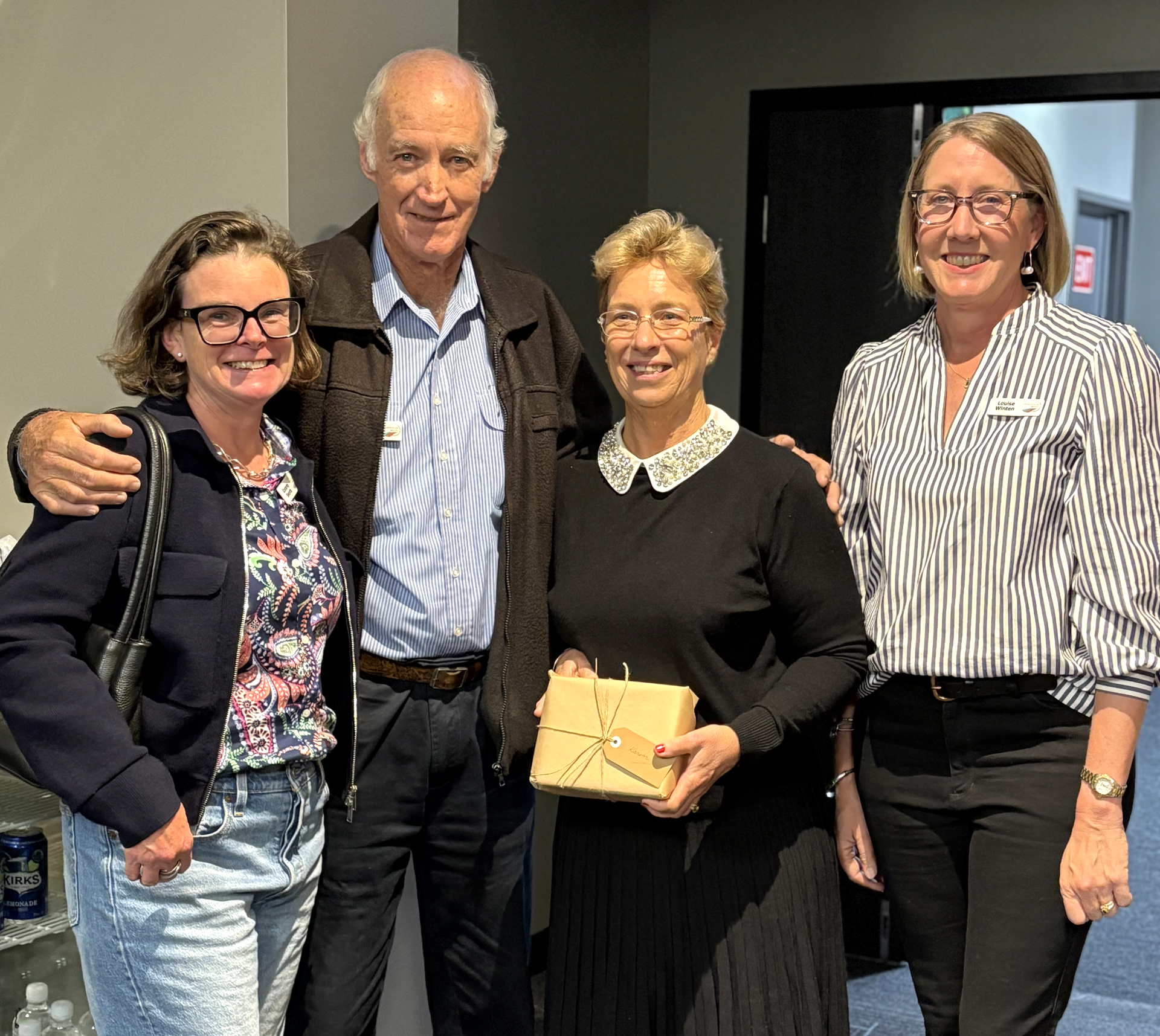Work Experience Inspires Clifton Student
Southern Queensland Landscapes believes empowered young people are the key to our future, so we were thrilled to welcome enthusiastic year 10 student from Clifton State High School, Piper Brady, when she joined us for work experience in the Toowoomba office.
Piper told us she learnt a lot during her week with SQ Landscapes, and sat down to write a report about her time in her own words. Read it below.
My time with Southern Queensland Landscapes
by Piper Brady
Coming from my small state high school, I decided I wanted to do my work placement with a conscious and aware group of people, and I chose Southern Queensland Landscapes in Toowoomba.
I was initially drawn to the hard and honest work they do with the environment and working with people to ensure the best outcomes for everyone. Coming from a farming family and community, I understand how much love the landholders all have for the soil and the land we live on, and how important it is for everyone to try and help it thrive.
I won’t lie and say this industry is exactly what I expected. Both more like an office job and more like a scientist than I would have thought, but it certainly was important. I worked with most people in the office, and met with various people, landholders and other industry people and businesses alike.
I went out with (Principal Project Officer) Vanessa MacDonald on Monday. We drove to Millmerran to join Rebecca Kirby from Millmerran Landcare to assess the new contour banks and clean up an exhausted grazing paddock. Looking at the multi-species grazing paddock that was planted was also quite interesting. The turnips’ purpose was to break up the rocky soil, the grain was to make the vegetation more attractive to stock, and the legumes were to reintroduce nutrients into the soil.
On Tuesday, I worked with (Principal Project Officer) Alun Hoggett on the mapping software. He went into extensive detail on the different uses, requirements and makes of the maps they use here. Using the program Queensland Globe, I used the different layers to more thoroughly understand the different kinds of ecosystems in our state, and particularly, our region. Going in depth on the groundwater-dependent ecosystems of the Condamine River and surrounding floodplains, my area made a lot more sense to me.
Wednesday with (Principal Project Officer) Holly Hosie consisted of identifying brigalow, softwood scrub and Queensland grasslands. We went from Irongate reserve to a property in Mt. Tyson and did a BioCAT biodiversity assessment on an area of Queensland listed grassland. We also went to Jimbour and did another BioCAT assessment. In all, the day was very interesting to me, and I can now properly identify saltbush and cattle bush.
On Thursday, I went out with (Project Officer) Isabella Murphy to do a property assessment of a beautiful property south of Warwick, on the Granite Belt. We were meant to be assessing the new fencing around a waterway and checking the progress of a recent cool burning. However, I will admit that I was rather focussed on the beautiful wildflowers and waterfall on the property. The property itself was beautiful, a true example of the region.
On Friday with the communications ladies, (Senior Project Officer) Kellie Stewart and (Project Officer) Alyssa Glover, I spent the day writing this. I’m not very used to writing things intended for an audience more than an English teacher, but I have given it a go.
All in all, this experience has really opened my eyes, not just to the wonderful people in the conservation industry, but also to the land I very much love. I have cherished my time doing work that has actually made a difference. I’m thankful to the whole team for being so welcoming and kind, and am looking forward to hopefully meeting these guys again.
By Piper Brady, Year 10.

At Southern Queensland Landscapes, you will be part of a team that works with landholders, community groups, industry and government to deliver real, science-based solutions to support farming, biodiversity, and the health of our landscapes. Working with us means more than just a job; it’s a chance to make a positive difference. You’ll be contributing to practical projects that care for our environment, strengthen regional communities and leave a legacy for future generations. If you’re passionate about healthy landscapes, thriving regional communities and meaningful work, you will find your place with us. We are looking for an organised and proactive Administration Officer to join our friendly and committed team. In this diverse role, you’ll provide essential financial, human resourcing and administrative support across the organisation, ensuring smooth day-to-day operations and exceptional service to internal and external stakeholders. What You Will Do You’ll be the go-to person who keeps everything running seamlessly, whether it’s greeting visitors, managing correspondence, or coordinating meetings, travel and events. You’ll provide high-level executive support to the CEO and Executive Leadership Team, assist with finance and HR processes, and help maintain the systems, facilities and resources that underpin our work. Every day will bring variety from supporting community projects and team activities to finding smarter ways to improve communication and workflow. You’ll play a vital role in helping us deliver meaningful impact across southern Queensland. About You You’re a natural organiser with strong attention to detail and a positive, professional manner. You enjoy working with people and take pride in delivering high-quality support. You bring: A Certificate II (or higher) in Business or Administration, or equivalent experience Demonstrated experience across a broad range of administrative functions including reception and executive support, IT support, facilities and equipment maintenance, and office operations Excellent communication and interpersonal skills, with the ability to engage confidently with colleagues, partners and community members Strong organisational and time management skills, balancing competing priorities with care and accuracy Initiative, adaptability and a proactive approach to problem-solving A genuine commitment to teamwork, learning and continuous improvement Why Join Us? At Southern Queensland Landscapes, you will work in a supportive, collaborative environment where your contributions truly matter. You’ll enjoy variety in your work, opportunities to learn and grow, and the satisfaction of being part of a team that’s making a tangible difference for our environment and regional communities. If you’re looking for a role that combines purpose, teamwork and professional growth — apply now and help us create a thriving, sustainable future for southern Queensland.
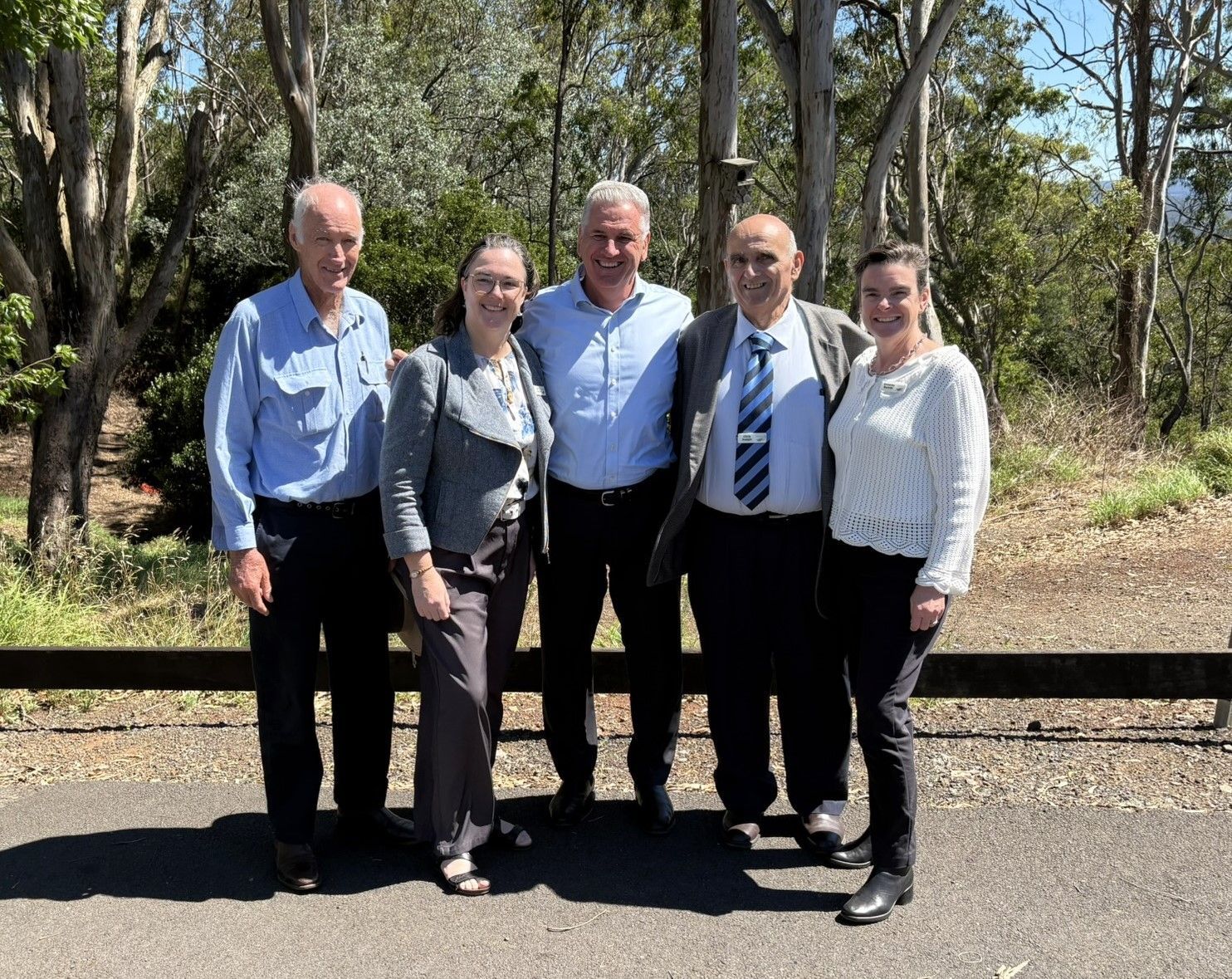
Southern Queensland is set to benefit from a major investment in Queensland’s natural assets, with more than $9 million allocated through the Queensland Government’s Natural Resource Management Expansion Program and delivered by Southern Queensland Landscapes. Southern Queensland Landscapes will receive $6.6 million to work with landholders to improve more than 124,000 hectares of land and vegetation adjacent to key waterways by installing fencing and watering points to better manage grazing. A further $2.5 million is allocated to the improvement of priority koala habitats and support animal movement and survival across Southern Queensland. This targeted action to remove key threats including wild dogs and invasive cactus species. Southern Queensland Landscapes CEO, Gillian Meppem said “the investment highlights the vital link between healthy landscapes, productive agriculture, resilient koala populations and thriving waterways.” “We are looking forward to delivering two key projects in partnership with landholders, through the Natural Resource Management Expansion Program. These projects are focused on protecting our waterways through improved grazing management and supporting thriving koala populations across Southern Queensland.” “Better grazing management, strategic fencing, and improved stock water infrastructure will enhance ground cover and protect waterways, ensuring our landscapes are more capable of resisting and recovering from natural disasters and the impacts of a changing climate.” “We are improving koala habitat by tackling key threats such as wild dogs and invasive cactus and supporting greater genetic diversity to ensure thriving koala populations across southern Queensland,” she said. Minister for Natural Resources and Mines, Manufacturing and Regional and Rural Development, The Honourable Dale Last, said “the funding demonstrates the Queensland Government’s strong commitment to supporting regional communities and natural resource management.” “When we came into government, we promised we would double funding for NRM organisations, and we would ensure our regional workforce would benefit, and we are delivering on that promise. “These NRM organisations are leading the way in safeguarding our natural resources, and that’s why we’re proud to support them and invest in Queensland’s future.” The NRMEP is a partnership between the Queensland Government and NRM Regions Queensland to deliver $117.84 million in on-ground land, water and biodiversity programs over the next three years.
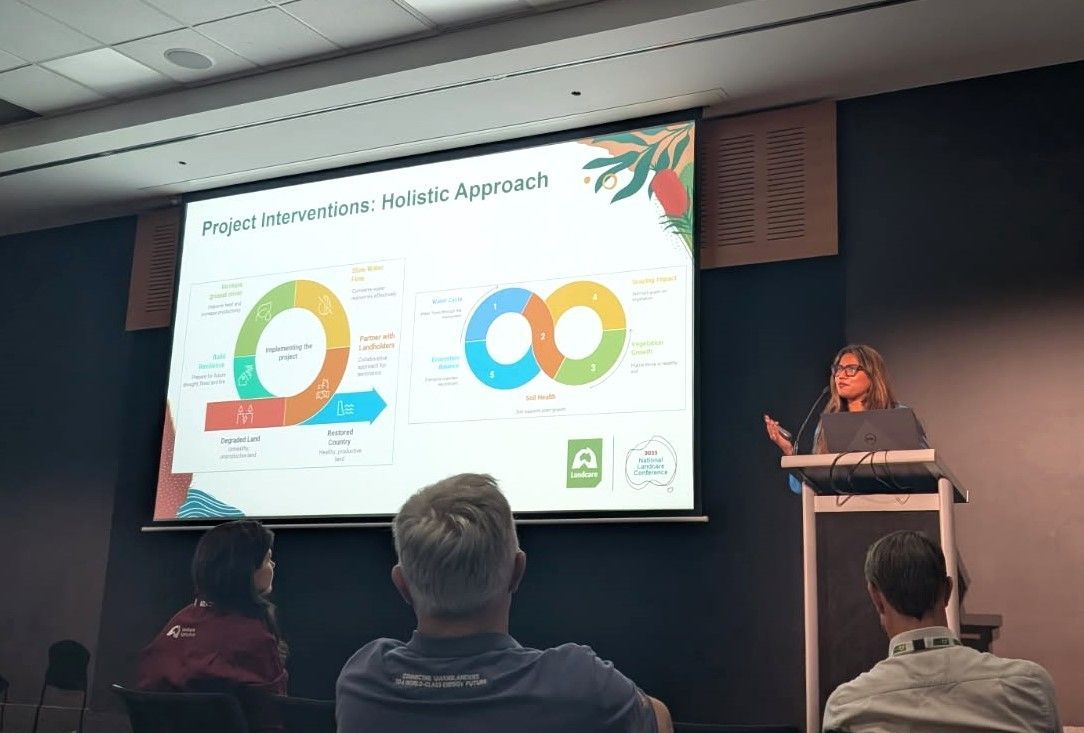
We are seeing fantastic momentum across the region, with strong interest from landholders in improving land condition. Even better, clusters of neighbouring properties are getting involved, a promising sign for achieving landscape-scale change that supports water infiltration, soil health, and resilient groundcover. To help visualise this, Projects Lead Payel Sinha, developed a set of clever graphics that capture the essence of the NRRP program. The circular diagram below shows how water, soil, vegetation, grazing, and ecosystem balance are interconnected, all working together to support healthier landscapes.
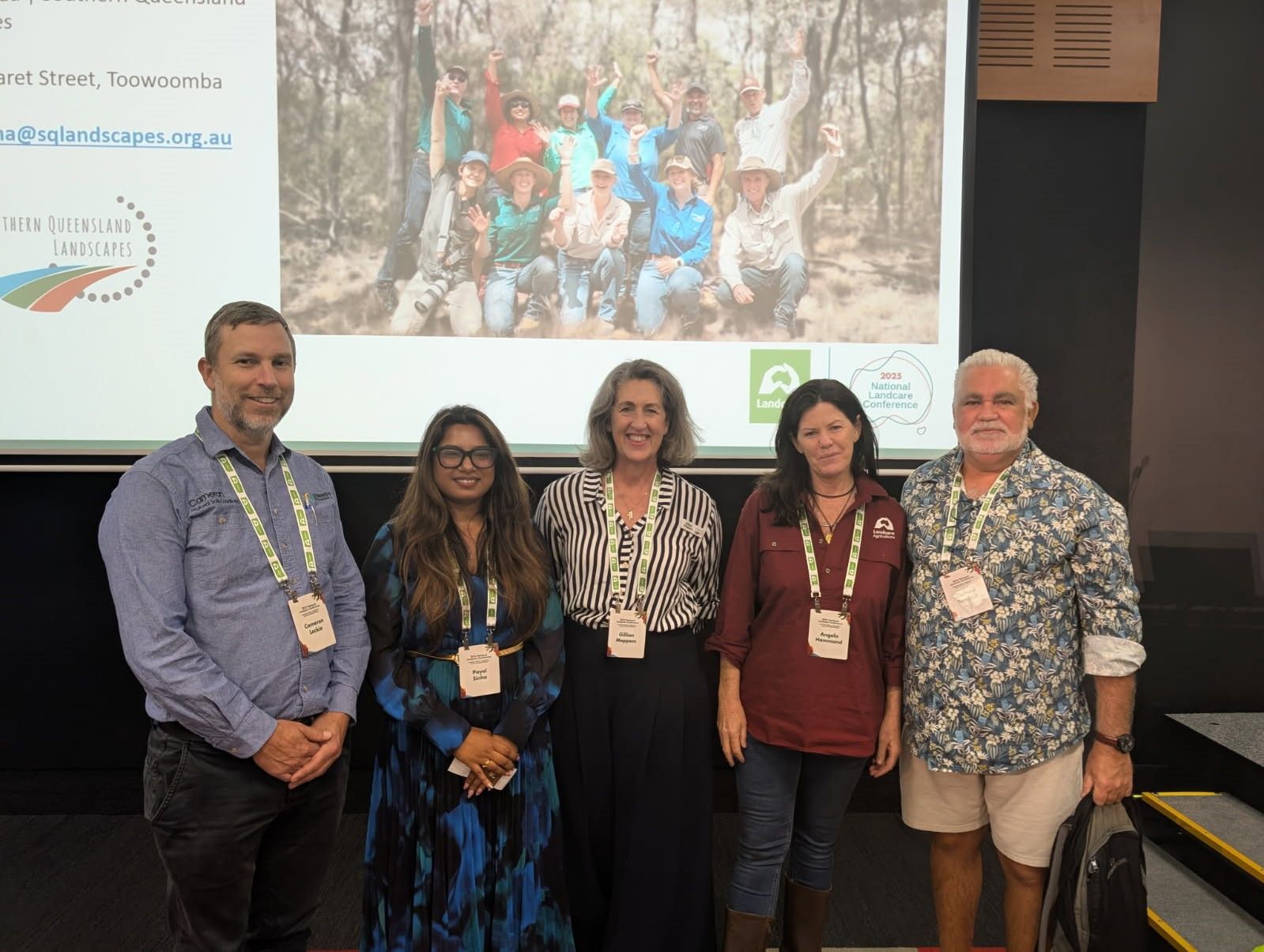
We were honoured to have CEO Gillian Meppem, Richard Turnbull, Dr Payel Sinha and Uncle Kevin, a Margany Elder from near Quilpie, come together on the Gold Coast for this year’s Landcare Conference, representing our vision, work and cultural partnerships across the region. Dr Payel Sinha delivered a presentation on the Natural Resource Recovery Program: A Holistic Approach to Restoring Landscapes , showcasing how integrative, place-based strategies can unite ecological health, cultural values and community resilience.
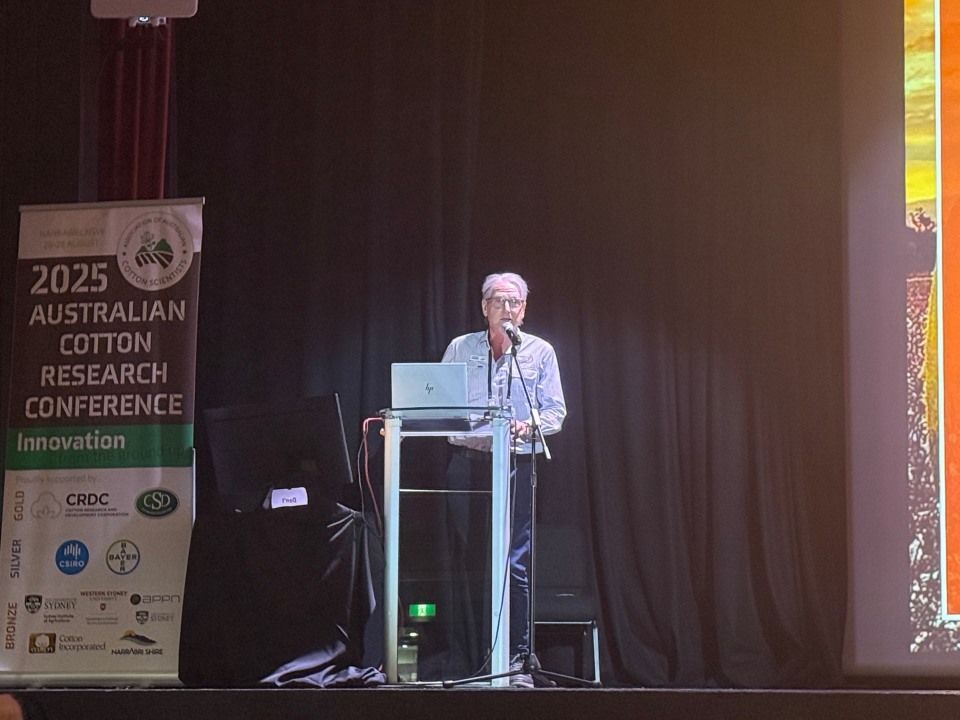
The rapidly evolving global market for agricultural commodities, including cotton, was front and centre at the recent Australian Cotton Research Conference held in Narrabri, NSW. A key theme throughout the event was the increasing pressure climate change places on cotton production and how the industry is adapting through innovation and research. Andrew Davidson of Southern Queensland Landscapes introduced an innovative national project funded by the Cotton Research and Development Corporation (CRDC). The project focuses on mapping woody vegetation across cotton farms in Australia, a crucial step toward better understanding on-farm biodiversity and supporting sustainability goals. The project uses a cutting-edge methodology developed by Southern Queensland Landscapes, drawing on a national dataset curated by the Terrestrial Ecosystem Research Network (TERN). What makes this approach unique is its ability to consistently measure vegetation across state and territory lines, overcoming long-standing challenges caused by fragmented and inconsistent regional datasets. The initiative is a true collaboration between the cotton industry, Natural Resource Management (NRM) groups, and NRM Regions Australia. Together, they aim to build a national picture of woody vegetation cover, including how much of it connects to larger, regional biodiversity corridors. Why It Matters... This vegetation data will provide a scientifically robust and cost-effective indicator of potential biodiversity on cotton farms. In practical terms, it can help: • Support cotton growers in meeting environmental standards for market access • Inform risk management strategies and conversations with financiers • Align with international frameworks such as: - The Science-Based Targets for Nature - The Post-2020 Biodiversity Framework - The Taskforce on Nature-related Financial Disclosures (TNFD) As the cotton industry looks to remain competitive and resilient in a changing climate, initiatives like this are critical. They help position Australian cotton as a globally trusted, environmentally responsible product.
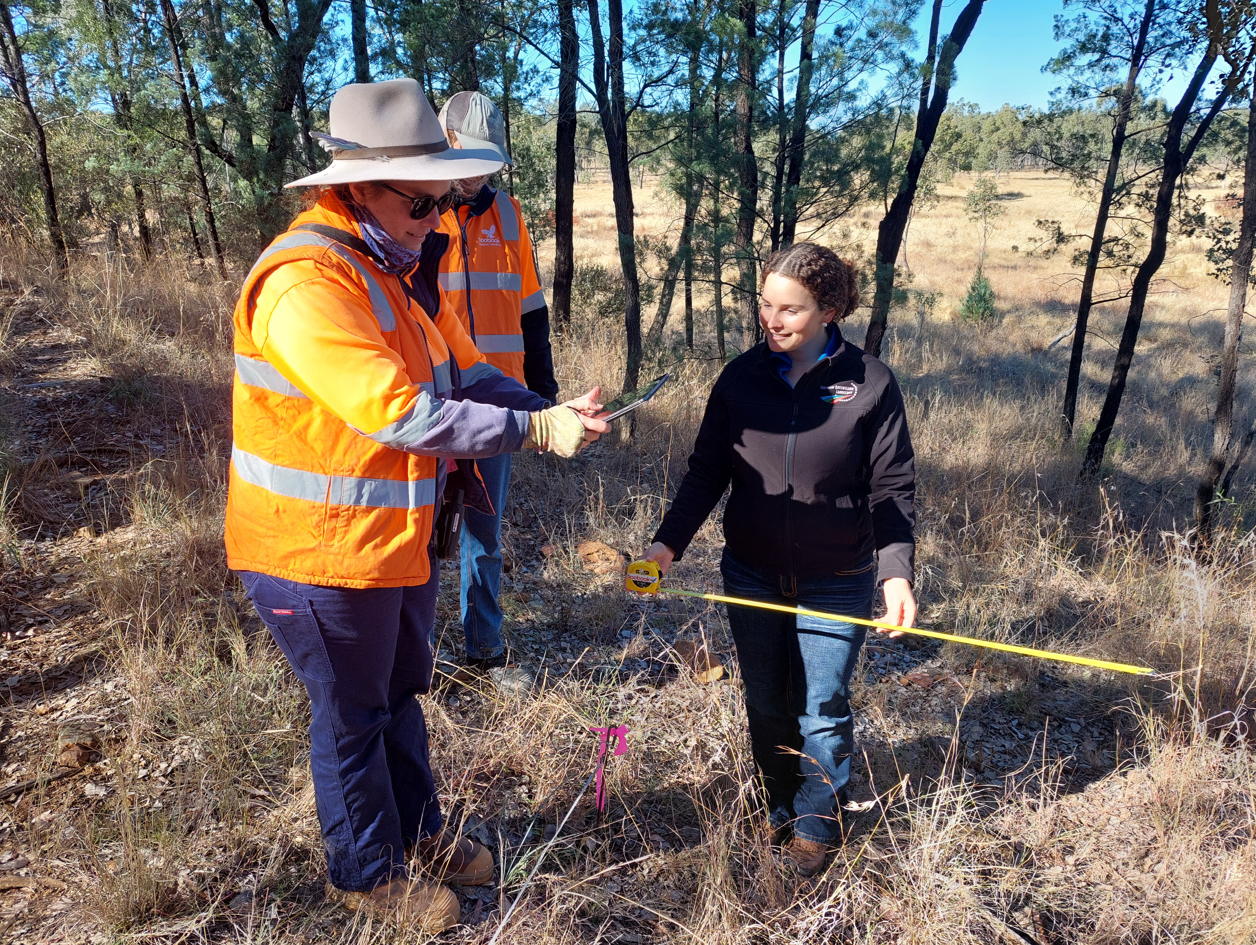
Project Officers Katrina Higgins and Erin Landsberg recently joined Rose and Weston from Boobook Ecological Consulting in Roma, to complete field monitoring in the Murweh and Maranoa districts. This monitoring measures the value and health of Coolibah, Poplar Box, and Brigalow habitat. During this time, we deployed acoustic recorders and motion-sensor wildlife cameras, and took DNA samples from nearby water sources to ascertain the fauna within these threatened habitats.
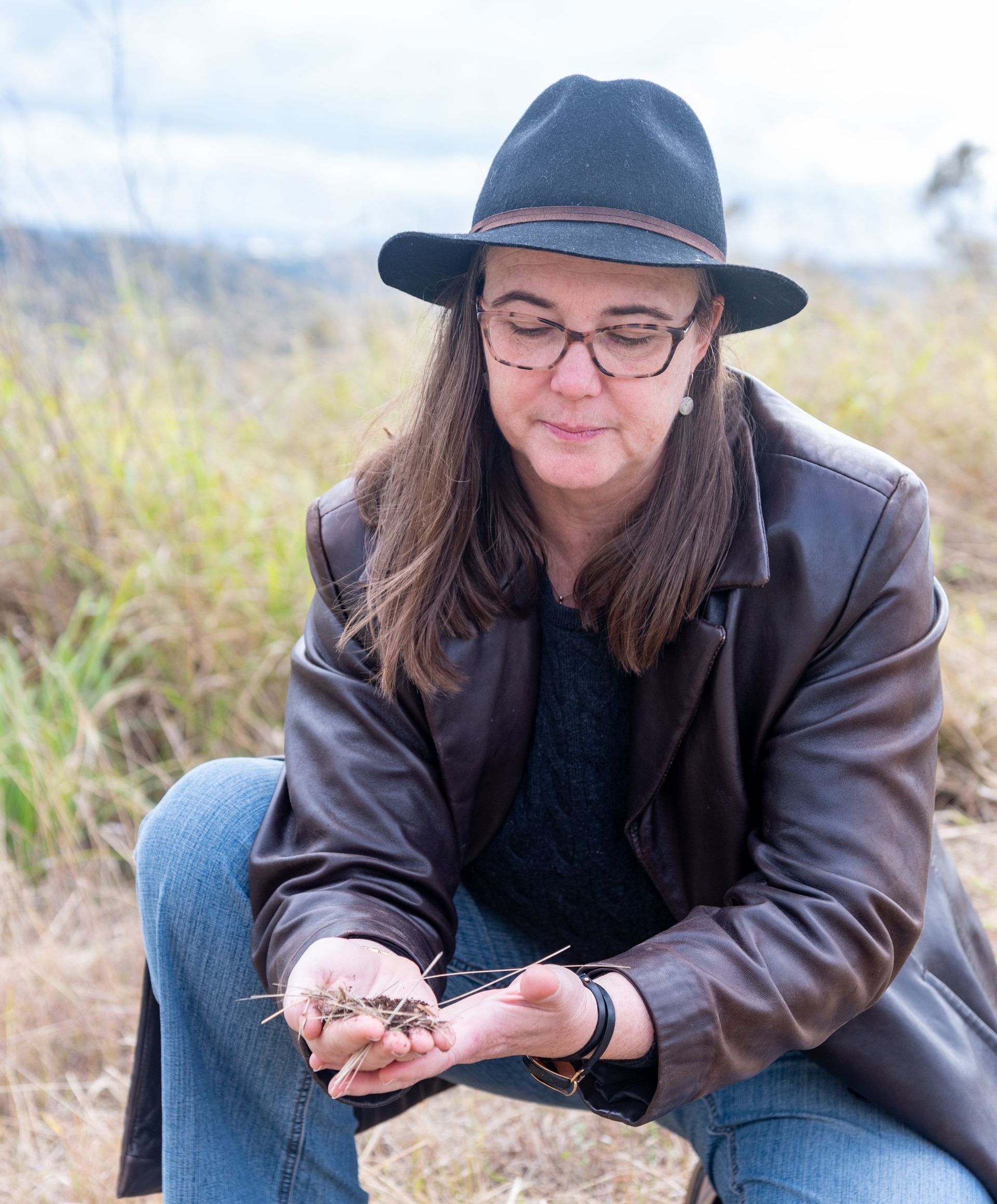
Playing a Leading Role in the National Soil Monitoring Program Queensland’s regional Natural Resource Management (NRM) organisations are playing a leading role in the National Soil Monitoring Program (NSMP), one of Australia’s most ambitious efforts to assess and improve soil health. Funded by the Australian Government through the Natural Heritage Trust and led by CSIRO, the NSMP will involve sampling at approximately 3,000 sites nationwide over three years, more than 850 of those in Queensland, with a focus on key agricultural zones. Queensland’s NRM groups have formed northern and southern clusters to deliver the program, contributing valuable expertise from over 25 years of on-ground experience. Southern Queensland Landscapes will lead delivery for the QLD South cluster of regions. The data collected will provide a nationally consistent picture of soil condition and health, enabling better decision-making for farmers, land managers, and policymakers to support sustainable, climate-smart agriculture. Jayne Thorpe, Business Development Manager at Southern Queensland Landscapes said, “In total, the QLD South cluster will collect 565 soil samples over the course of the project. That will work out as 11.3 tonnes of soil sent for analysis!”
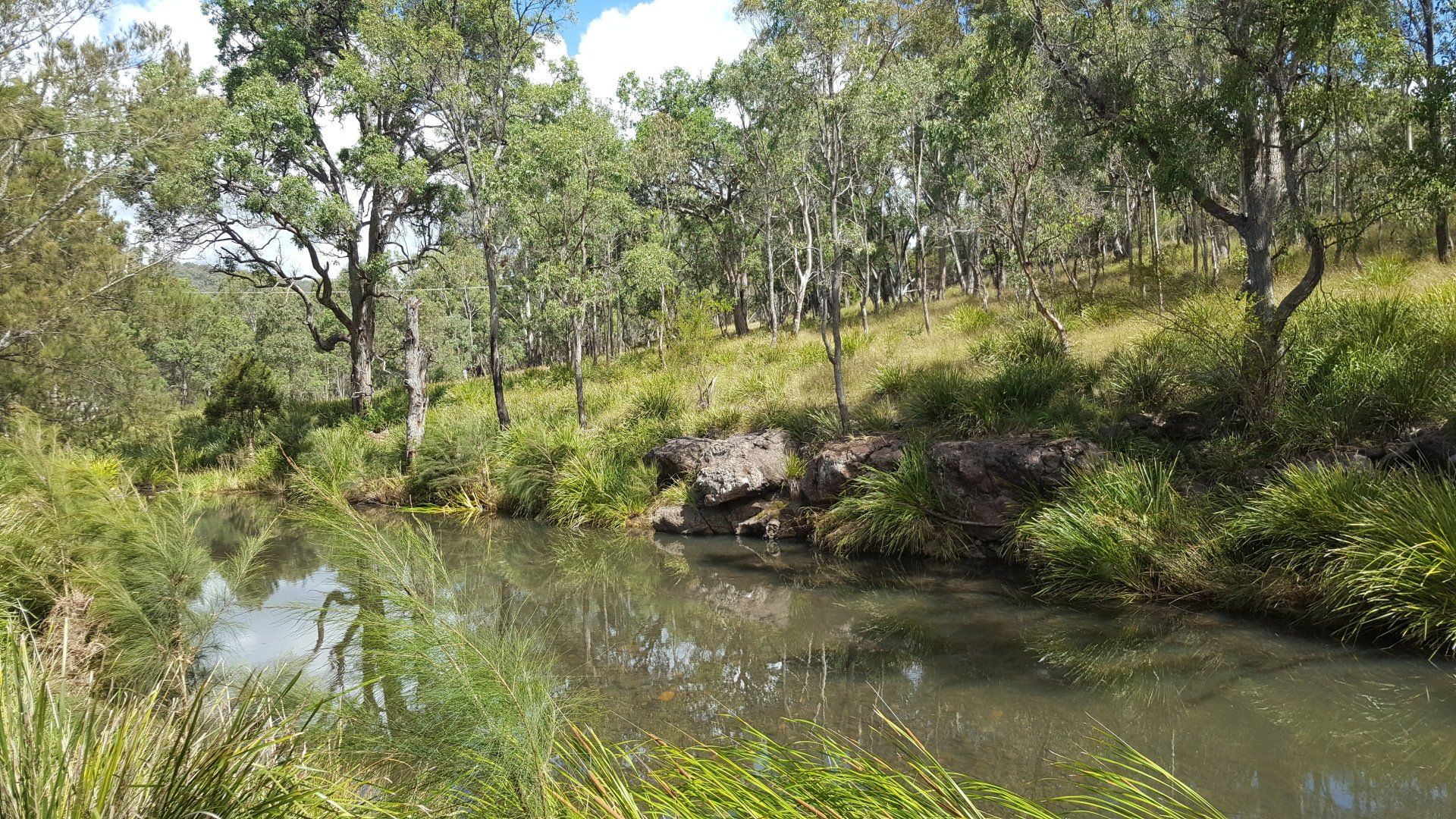
1. What is Natural Capital? Natural capital refers to the natural resources and ecosystems, like soils, native vegetation, water, and biodiversity, that underpin productive farming and provide essential services such as clean water, healthy soils and carbon storage. For Queensland landholders, this means your land’s value now includes the environmental benefits it delivers, not just crops or livestock. While the term Natural Capital has risen to prominence with government, industry and the public in recent years, the sustainable use of our natural capital, its maintenance and improvement have been fundamental to regional NRM organisations since inception. Identifying and assessing our natural assets are foundational to the development of our regional NRM strategies and plans which guide our operations and provide us with the knowledge and expertise to play a key role in Australia’s efforts to manage and enhance our Natural Capital. 2. Why Does Natural Capital Matter in Agriculture? Australian agriculture is experiencing a shift where nature and production are seen as interconnected assets. This approach is being driven by both market demand and new government policies, with natural capital now influencing land values, investments, and farm business resilience. 3. How Can Farmers Monetise Natural Capital? Natural capital markets allow landholders to earn income by improving or protecting their land’s natural assets. The most common ways to participate include: Carbon Credits: Under the Australian Carbon Credit Unit (ACCU) Scheme, farmers can generate credits by adopting practices like reforestation, soil carbon improvement, or avoided clearing. These credits are regulated by the Clean Energy Regulator (CER) and can be sold to the government or private buyers. Biodiversity Certificates: The new federal Nature Repair Market, established by the Nature Repair Act 2023, allows farmers to earn tradable biodiversity certificates for projects that restore or protect native ecosystems. The CER also administers this market, ensuring robust oversight and scientific credibility. Land Restoration Fund (LRF): Queensland’s LRF builds on the federal framework, offering extra incentives for projects that deliver both carbon abatement and environmental co-benefits, such as improved water quality or habitat restoration. The LRF works in tandem with the ACCU Scheme and prioritises projects that support regional sustainability. More Information: 🔗 www.environment.nsw.gov.au/topics/natural-capital/explained 🔗 www.cer.gov.au/schemes/australian-carbon-credit-unit-scheme 🔗 www.qld.gov.au/environment/climate/climate-change/land-restoration-fund 🔗 www.nrmrq.org.au/queensland-nature-fund-natural-capital 🔗 www.legislation.gov.au/C2023A00121/latest/text

The Board of Southern Queensland Landscapes is pleased to announce Kimberley Swords has been appointed as Chair of the Board of Directors. Kimberley began her working life as a large animal country vet, after student practical experience across Southern Queensland in Goondiwindi and Injune. Kimberley’s strong interest in natural resource management and regional communities has led her to contribute across a wide variety of industries including the public sector, where she rose to the role of Deputy Secretary in the Australian Government and led environmental approvals, heritage and marine. Her extensive leadership experience incorporates many board roles, including as a current serving member of the CS Energy board. “Following an extensive recruitment phase, where the Southern Queensland Landscapes Board were gratified to receive several high-quality applications, we are delighted to announce the subsequent overwhelming member endorsement of Kimberley as Board Chair. The appointment of a new Chair in any organisation represents an opportunity for refreshment and renewal and the Southern Queensland Landscapes Directors and staff are looking forward to working with Kimberley to deliver our Strategic Plan” said acting Southern Queensland Landscapes Chair, Louise Winten. Kimberly looks forward to engaging with stakeholders across Southern Queensland, with her first full board meeting set down for late June in Charleville. “It is an exciting and challenging time for the region, as we lean into the changing climate, different economic opportunities, and the next generation of regional leaders. I look forward to connecting and collaborating across our communities to better understand how Southern Queensland Landscapes can support sustainable environmental outcomes that materially improve the lives of people living and working in Southern Queensland,” she said. The position of Chair became vacant following the retirement of founding Chair, and long term supporter of regional natural resource management, The Honourable Bruce Scott, AM, at the end of February 2025. Bruce made a significant contribution to Southern Queensland Landscapes during his time as Chair and the Board thanks him for dedication, time, energy, and commitment to the organisation. Southern Queensland Landscapes is one of 11 Queensland-based Natural Resource Management (NRM) organisations. Spanning 314,398 square kilometres, the our footprint encompasses the Condamine catchment, Qld Murray Darling Basin and the south-west Mulga Lands. Southern Queensland Landscapes relies on evidence based information, supported by First Nations knowledge, to effectively balance productivity and environmental outcomes that support the regional communities within our landscapes.
